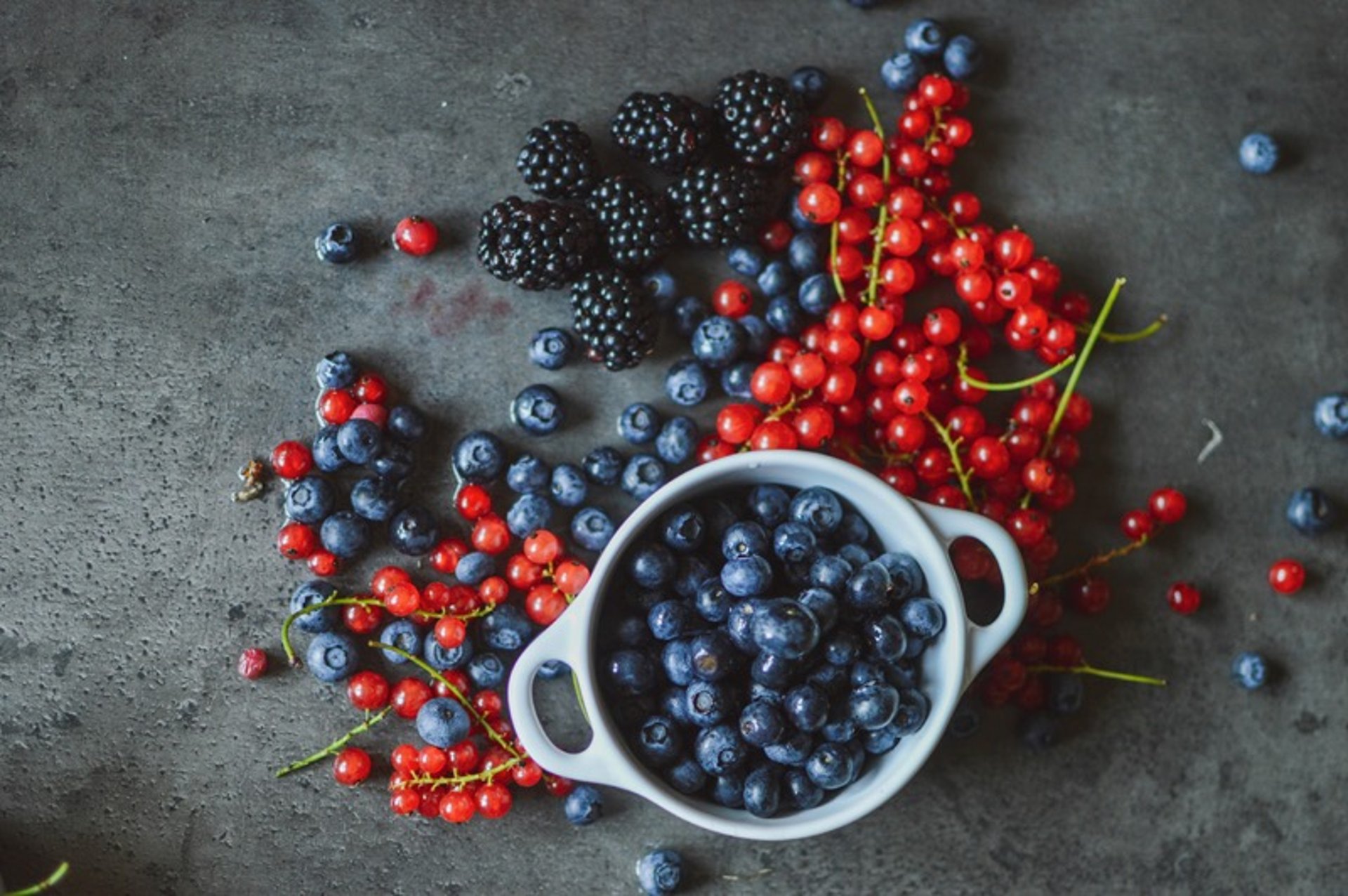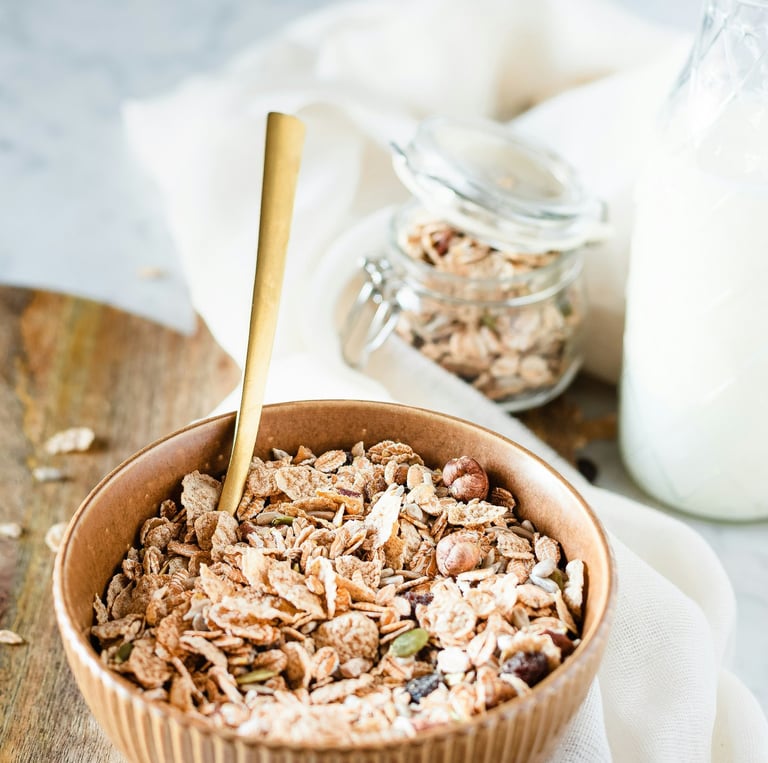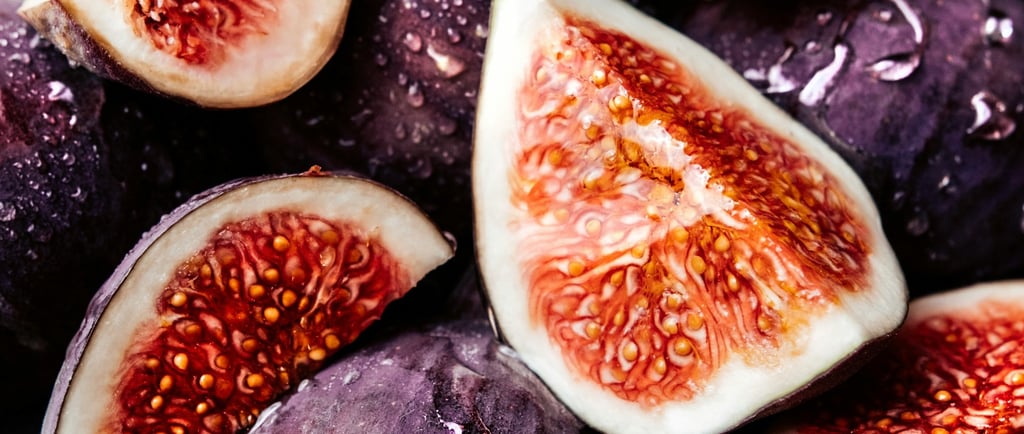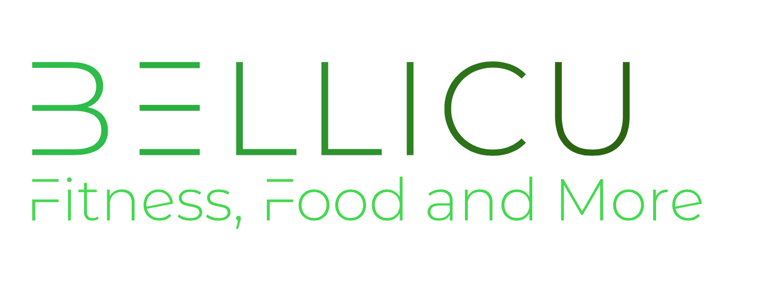
Fibre-Rich Foods
Unlock better digestion, weight loss, and enhanced performance with our fibre-rich food solutions.
Empowering Health Through Fiber-Rich Foods
Discover the benefits of fiber-rich foods for better digestion, weight loss, and enhanced performance. Join us on a journey to a healthier lifestyle through nutritious choices.


Fibre-Rich Foods
Why They Matter for Your Health and Fitness
In the world of nutrition, protein often takes centre stage—especially for those focused on fitness. Carbohydrates and fats follow close behind. But there’s another nutrient that’s just as vital, yet often overlooked: fibre.
Fibre is a non-digestible carbohydrate found exclusively in plant-based foods, and it plays a crucial role in digestion, metabolic health, weight regulation, and even athletic performance. Whether you’re aiming to lose fat, build muscle, enhance endurance, or simply feel better day to day, a high-fibre diet can support your goals.
What Exactly Is Fibre?
Dietary fibre refers to the parts of plant foods that your body cannot break down or absorb. Unlike sugars and starches, fibre resists digestion in the small intestine and reaches the colon intact. But that’s where the magic happens.
There are two main types of dietary fibre:
1. Soluble Fibre
Soluble fibre dissolves in water, forming a gel-like substance in the gut. It slows down digestion and nutrient absorption, which helps regulate blood sugar levels and lower cholesterol. Soluble fibre also feeds beneficial gut bacteria.
Sources include:
Oats
Apples
Citrus fruits
Barley
Lentils
Psyllium husk
2. Insoluble Fibre
Insoluble fibre adds bulk to the stool and helps food pass more quickly through the digestive tract. It’s essential for regular bowel movements and preventing constipation.
Sources include:
Whole wheat
Nuts and seeds
Root vegetables (e.g. carrots, sweet potatoes)
Dark leafy greens
Bran
Most fibre-rich foods contain a combination of both types, which is why a varied, plant-based diet is ideal.
Why Is Fibre So Important?
Although fibre doesn’t provide calories or essential amino acids, it offers powerful physiological benefits:
✅ Supports Digestive Health
Fibre adds bulk and softness to stool, making bowel movements more regular and easier to pass. This helps prevent constipation, bloating, and haemorrhoids. It also reduces the risk of diverticulosis and colorectal cancer.
✅ Balances Blood Sugar
Soluble fibre slows the release of glucose into the bloodstream, preventing spikes and crashes. For people with insulin resistance, diabetes, or reactive hypoglycaemia, fibre can be a game-changer. Stable blood sugar means steadier energy—especially helpful during workouts and long days.
✅ Lowers Cholesterol
Soluble fibre binds to bile acids in the intestines and helps excrete them. This forces the liver to draw cholesterol from the blood to make more bile, reducing LDL (bad) cholesterol levels over time.
✅ Supports Weight Management
High-fibre foods are more filling and satisfying. They slow digestion, stretch the stomach, and trigger satiety hormones. This can naturally reduce appetite and calorie intake without the need for strict dieting.
✅ Feeds the Gut Microbiome
Fibre acts as a prebiotic, nourishing the beneficial bacteria in your colon. A diverse, balanced microbiome supports immunity, mood, inflammation control, and even nutrient absorption.
✅ May Reduce Risk of Chronic Disease
Studies consistently show that high-fibre diets are linked to a lower risk of:
Heart disease
Stroke
Type 2 diabetes
Certain cancers (especially colorectal)
How Much Fibre Do You Really Need?
The daily recommended intake varies by age and sex, but for most active adults, the guidelines are:


Yet, most people average only 15–18 grams per day—far below optimal levels.
Top Fibre-Rich Foods to Add to Your Diet
Here’s a list of nutrient-dense, fibre-packed foods to incorporate daily:
Whole Grains (4–10g per serving)
Oats
Quinoa
Brown rice
Whole wheat bread
Barley
Bulgur
Legumes (7–16g per cup)
Lentils
Chickpeas
Black beans
Kidney beans
Split peas
Soybeans
Vegetables (2–5g per serving)
Broccoli
Brussels sprouts
Carrots
Kale
Sweet potatoes
Artichokes
Fruits (2–8g per serving)
Apples (with skin)
Berries (raspberries, blackberries, blueberries)
Pears
Bananas
Oranges
Avocados
Nuts & Seeds (2–10g per serving)
Chia seeds
Flaxseeds
Almonds
Sunflower seeds
Pumpkin seeds
Pistachios
How to Increase Fibre Intake Safely
Suddenly tripling your fibre intake can cause bloating, gas, and discomfort. Instead:
Increase fibre gradually over a week or two.
Hydrate well—fibre needs water to do its job.
Balance fibre sources—include both soluble and insoluble types.
Listen to your gut—everyone’s tolerance level is different.
Smart Tips for Everyday Eating
Choose whole fruit over juice to retain fibre.
Add lentils or beans to soups, stews, and salads.
Top porridge with flaxseeds or chia for a fibre boost.
Try whole grain alternatives: whole wheat pasta, brown rice, sprouted grain bread.
Use vegetables as the base of your meals, not just a side.
There are several reliable online databases and tools where you can search and check the fiber content of foods. Here are some of the best options:
🔍 1. USDA FoodData Central
Website: https://fdc.nal.usda.gov
Run by the U.S. Department of Agriculture.
Extremely comprehensive, includes raw, cooked, and branded foods.
Search for any food and get detailed nutrition info, including fiber.
🔍 2. MyFoodData
Website: https://www.myfooddata.com
User-friendly and allows you to sort by highest-fiber foods.
Lists include categories like fruits, vegetables, grains, etc.
Great for making grocery lists or meal plans.
Fibre and Fitness: A Winning Combo
For active individuals, fibre offers extra benefits:
Prevents energy dips during long workouts by stabilising blood sugar.
Aids in recovery by improving nutrient absorption and gut health.
Supports lean body mass by helping with appetite regulation and fat loss.
Just be mindful: if you’re eating very close to a workout, choose low-fibre meals to avoid GI discomfort during exercise.
Final Thoughts
Fibre may not come with fancy marketing or flashy labels, but it’s one of the most impactful nutrients for your long-term health, energy levels, and fitness results. By including more plant-based, whole foods in your daily routine, you’ll naturally boost your fibre intake—and your body will thank you.
Start small, stay consistent, and make fibre a permanent part of your nutritional game plan.
Since incorporating fibre-rich foods, my digestion has improved significantly, and I've noticed weight loss and enhanced performance. Highly recommend for anyone looking to boost their health!
Emily R.

★★★★★


